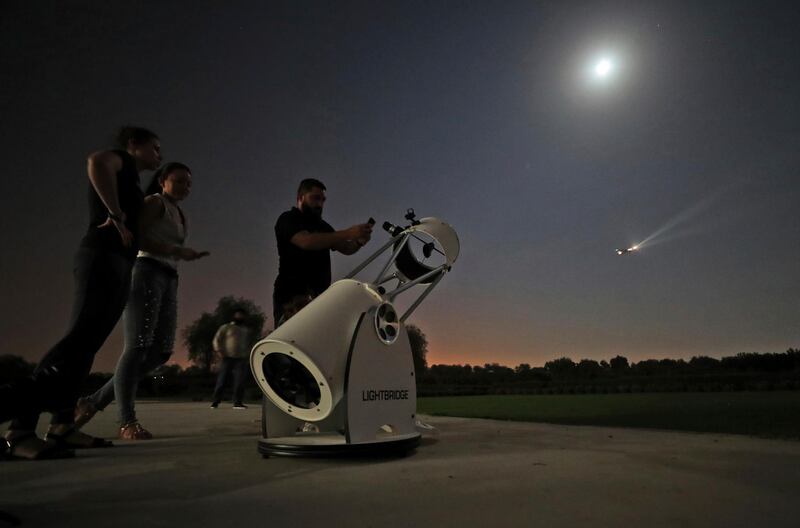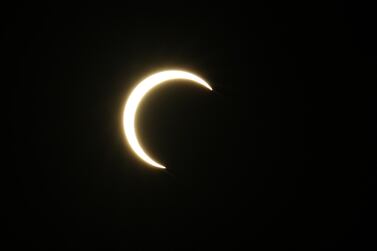Stargazers will be hoping for an impressive sight later this week with the arrival of the first meteor shower of the new year.
The Quadrantid meteor shower is likely to appear in the early hours of Saturday, with experts saying as many as 100 meteors per hour will be visible from areas of the Earth where the skies are completely clear and there is no light pollution.
Seen each January, the Quadrantids are known for their fireball meteors, which light up areas of the night sky.
UAE astronomy enthusiasts are unlikely to enjoy an ideal view, however, with the spectacle being most visible in more northern latitudes.
However, experts said that some meteors may be visible south of the Equator, with the low levels of moonlight working in favour of those hoping to see the spectacle.
"To maximise your chances, you should find a safe location that is as far removed from street lights and other sources of light pollution as you can" and allow 20 minutes for your eyes to become fully adapted to the dark, the Astronomy Now website said.
The meteors will appear to radiate from an area in the night sky between two constellations of stars called Draco and Bootes.
According to the International Meteor Organisation, the meteor shower is due to peak on Saturday at 8am Co-ordinated Universal Time or midday in the UAE.
The peak period normally lasts several hours.
The Quadrantid meteor shower is the consequence of debris from space reaching and interacting with the Earth's atmosphere, creating streaks of light as they hurtle along at speeds of several kilometres per second.
It makes an especially impressive sight because the pieces of matter that cause the shower are larger than what is considered typical for a meteor shower.
The debris is believed by astronomers to come from an asteroid-like object called 2003 EH1, which is thought to be a "dead comet" – one that, over time, lost the ice and gas responsible for comet's tail.
When it was identified in the first half of the 19th century, the Quadrantid meteor shower was named after a constellation of stars called the Quadrans Muralis because it was visible in the same area of the sky.
However, unlike the meteor shower named after it, this constellation is no longer recognised by astronomers.
Although the peak of activity of the Quadrantid meteor shower lasts just a few hours – which is much shorter than the couple of days typical for a meteor shower – signs of activity could continue until as late as January 10.








